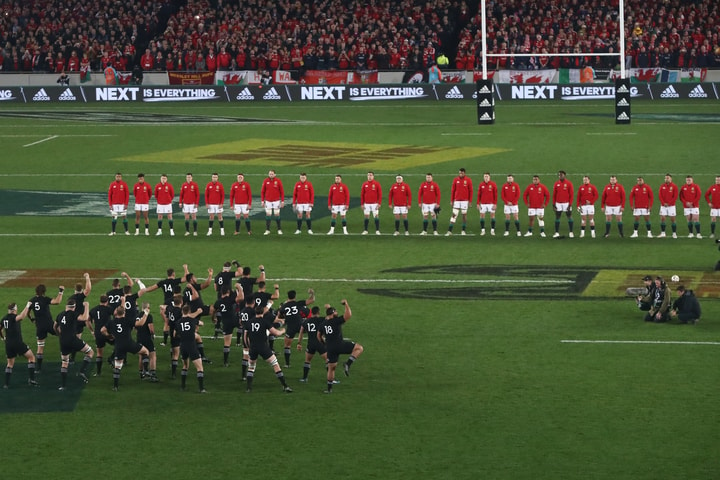There were many visitors to the World Rugby Museum in the days leading up to the much awaited clash between England and the Springboks at Allianz Stadium, Twickenham in mid-November 2024.
Among a number of South Africans, it was a particular pleasure to welcome Hans Saestad, one of the leading authorities on the history of South African rugby and the author of many books on the various sides that toured South Africa in the years before rugby turned fully professional in the mid-1990s.
His most recent book, 'Rugby's First Great Trek', for which he asked World Rugby Museum researcher Richard Steele to provide a foreword, is the first full book produced on the historic tour to South Africa by a team of players from England and Scotland in 1891.
This tour remains a landmark in the history and development of rugby union worldwide, coming at the beginning of a tumultuous decade for rugby in the northern hemisphere in which the growing threat of professional rugby became a reality. The rugby game duly split into two codes just four years after the players returned from South Africa.
The unique scrapbook kept by the tour vice-captain Johnny Hammond, housed in the World Rugby Museum at Allianz Stadium, Twickenham, and an article by the Scottish winger Paul Clauss in Ivor Difford's 'The History of South African Rugby Football' published in 1933, are essential sources when studying this pioneering tour. Hammond's scrapbook is full of newspaper cuttings and player illustrations unobtainable in Britain which gives the reader a powerful sense of what it must have been like to undertake such a tour in so vast a country.






